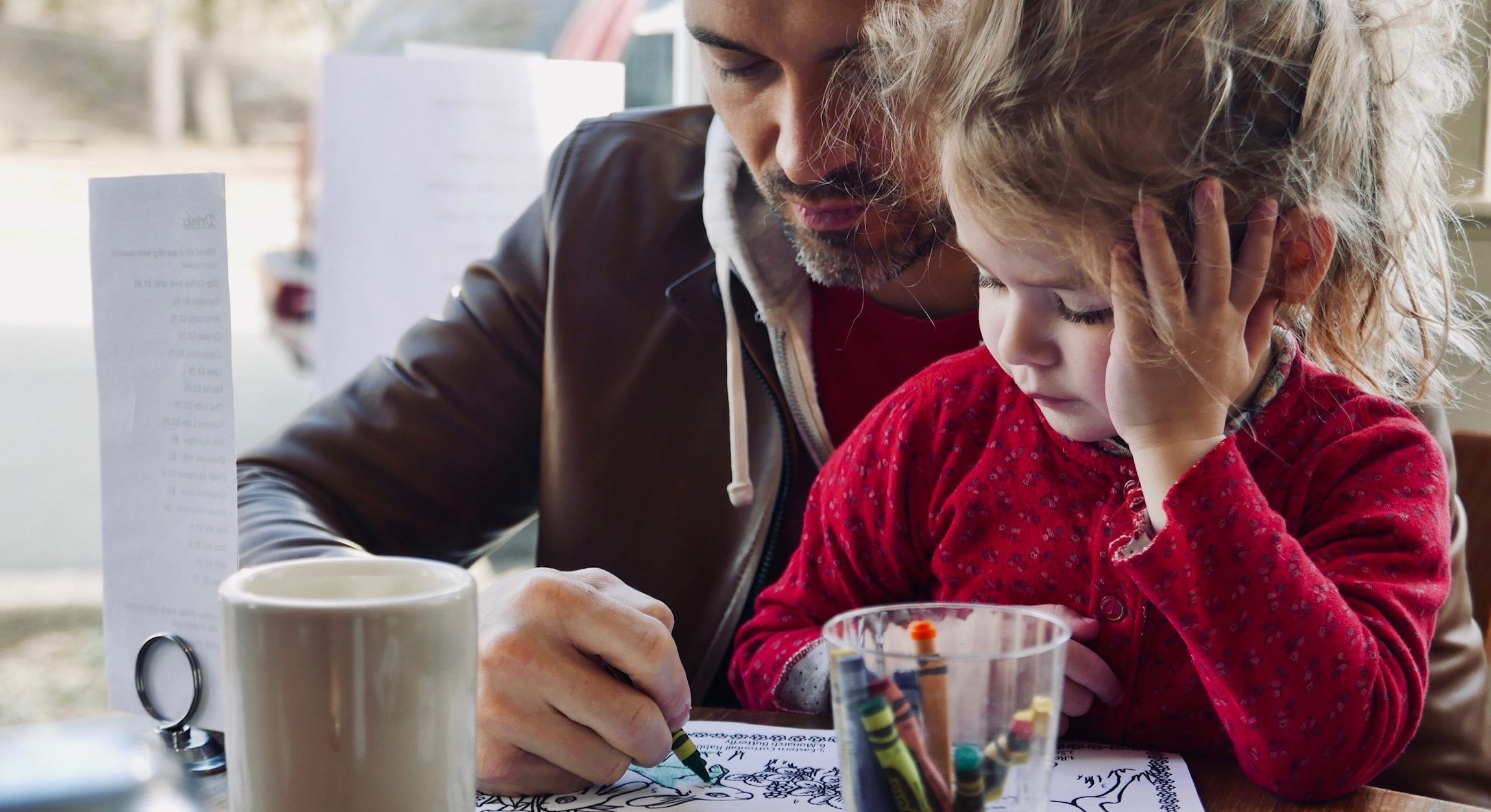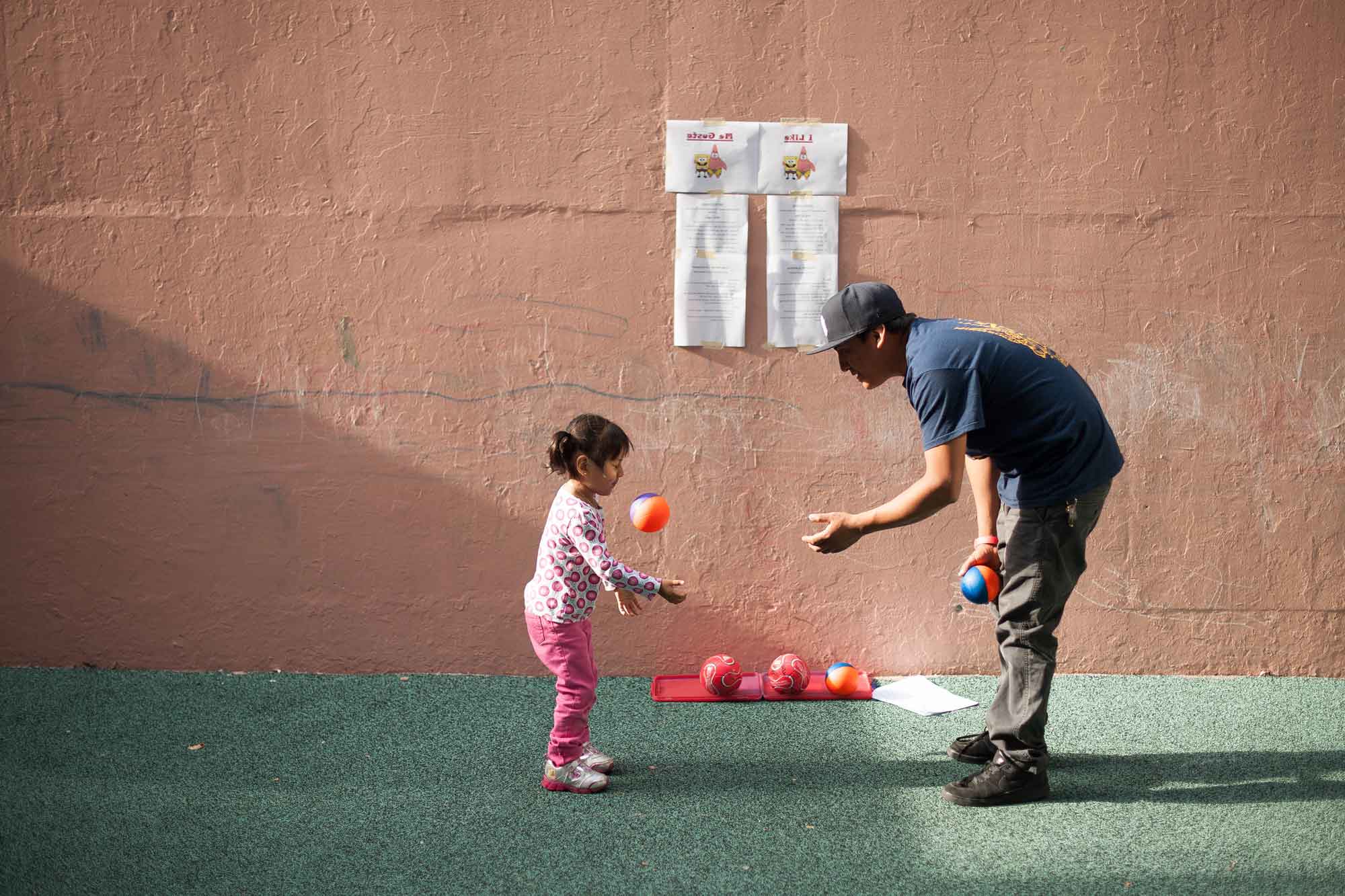
3 Big Questions for Youth Professionals Working with Challenging Behaviors
Over the past several years, we’ve heard youth professionals express frustration over the behaviors of children that are facing significant challenges (both inside and outside their program). They lament how much of their attention this draws. In response, many of our partners have requested that Play At The Core facilitate experiential learning workshops with their teams that draw a link between quality relationships and quality youth programs.
These discussions are tough, because we acknowledge that teachers face serious pressure within their schools, organizations, and districts that make it hard to prioritize connections with their kids. When it comes to having students that require significant attention and additional support, the frustration is real: “They’re taking away from other kids’ opportunities to learn — I wanted to be a teacher, not a social worker!”
I have tremendous empathy for professionals who share this perspective, because frankly, we are failing them: not enough is done to support them in their crucial role of supporting their kids. For the teacher, coach, or youth worker reading this and feeling at a loss for how to support a child that is really disrupting your plans — I’m sorry you don’t have the support you need right now. But please know this: that child NEEDS you more now than ever. Seize this moment, and begin by asking yourself these three big questions:
WHAT DON’T YOU KNOW ABOUT THEM YET?
You spend time with this child every day, but with all that you have to juggle in your role, finding time to learn their story can slip on the list of priorities. Our very first organizational value at Play At The Core, has appropriately become Relationships First. For us, this means that connections aren’t just a means to an end that increases achievement, but the greatest outcome of work with youth — period. That idea can be easily dismissed when you’re engaging with a child who is really pushing your buttons. A normal reaction to this behavior is to want to distance yourself from it, not feed into it, and rather invest time with the “good kids” — the kids who match the energy and effort we put in, seem to get so much out of our work, and really satisfy our craving for positive feedback. So why wouldn’t we keep putting our energy there, right?.
Here’s the sad truth: the child having a difficult time is banking on the fact that you will respond this way, which ultimately reinforces their negative feelings about themselves. Fight the impulse to withdraw from that child and lean in!
Find ways to connect about anything. Show interest in things that interest them, and get them talking. Abandon your plans for the program (at least for this child, and at least right now), and make getting to really know them the plan instead: If they could spend one day doing anything with anyone, what would they do? If they had any super power, what would it be? If their life had a soundtrack, what songs would be on it?
Sitting down to perform an interview will likely not be effective, so channel your programmatic creativity into finding innovative ways to learn their story, and show genuine interest in what you learn.
By investing in your connection with this child, you’ll gain insights and important context for the behaviors you’ve been seeing, find clues on the best ways to adapt your programming, and actually promote resiliency that can help them overcome other challenges they may face. Increasing the quality of supportive relationships in a child’s life is a program priority that we can all get behind: not only does it make programming more meaningful and engaging, but it’s a key aspect of trauma-informed youth development and more effective than any other clinical method in the treatment of complex childhood trauma.
WHO’S ON THE SQUAD?
We’ve all heard that, “It takes a village to raise a child…” — but Play At The Core also believes that it takes a village to raise up one another as youth development practitioners.
Knowing who is in this child’s support network, and finding ways to work together, brings your program’s impact to the next level. Who shows up for this child? Who doesn’t show up? How might that impact the child’s experience? The bridge between the program and the home is sacred, and traffic must flow in two directions — go and meet the people on the other side. Actively cultivating as many supportive links as possible within the child’s life is what gives the power of relationships described above a true multiplier effect.
This same idea is true for you too — you can’t be expected to fully support a child, let alone deliver an entire program, all by yourself. When you’re facing a challenge, the support you have around you makes a huge difference in not just your ability to make it through, but to thrive. The strength of connections and feeling of community that we have as youth professionals has a direct and important impact on the success and wellbeing of both us AND the kids we serve.
What colleagues can you turn to? What program leaders seem to get where you’re coming from? What other programs are doing similarly important work in your area? Seek support, and be intentionally supportive (in the same ways that you hope kids in your program are learning to do!). If you live in New York and you’re looking to connect with other programs in your community, the city maintains a comprehensive portal online. It can be surprisingly challenging to find these resources depending on where you live. If you’d like help connecting with other programs or resources in your area, contact us directly — we’d be happy to help!
WHY ARE YOU SO IMPORTANT?
This is not a sarcastic question. It’s meant in the most literal sense. Your role in this child’s life, at this very moment, is an incredible honor. Despite the voice inside telling you that they were put on earth to torture you, by learning more about this child and the strength of the supports around them, the part they are needing you to play will become more clear.
But truly, ask yourself: why are you so important? By that, I mean: Why do you work with kids? What experiences or people marked you, for better or worse, and inspired you to commit to this work?
…Have you thought of your answer? Good — stay there. Hold it.
That is why. That is why you are so important. That is why you are here. You may have wanted to be a teacher, but the role your meant to play right now is bigger than teacher, it’s bigger than social worker — you’re being asked to be a hero. Don’t shy away from your own greatness, and the power of your presence in this child’s life.
Seize this moment. Be your best self, and be the hero this child needs you to be.
If you’re interested in learning more about our work, visit us at playatthecore.com. For information about partnering or joining our team, please drop us a line!
Sources
Fusco, D. (2012). Use of self in the context of youth work. Child & Youth Services, 33(1), 33-45.
Perry, B. D., & Szalavitz, M. (2006). The boy who was raised as a dog and other stories from a child psychiatrist’s notebook: What traumatized children can teach us about loss, love, and healing. New York, NY, US: Basic Books.
Van der Kolk, B. A. (2014). The body keeps the score: Brain, mind, and body in the healing of trauma. New York, NY, US: Viking.


